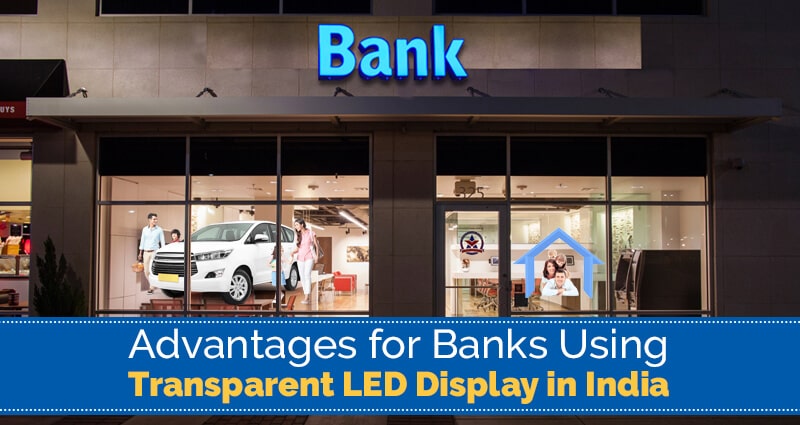
Digital LED Flexible Display Solutions Offer Many Options to Malls
May 30, 2019
Maximize Revenues with Flexible LED Signage
June 10, 2019The market for transparent LED display in India is growing steadily even as it has picked up pace in the leading global markets. The compounded annual growth rate that is projected for this particular industry segment is close to 29%, which is substantial by any standards. In India, the growth of transparent LED signage is gradually picking up pace although the market for large format signage displays is dominated by static print displays, currently. However, in the major urban centres of the country, the pace of development is a lot faster and as a result, the retail display infrastructure is steadily adopting transparent glass walls.
Restaurants and coffee shops

Impress your customers with immersive transparent LED visuals
Most high-end restaurants and coffee shops have glass facades nowadays, which seems to be the trend everywhere. Even earlier, some restaurants and coffee shops that had glass facades, tended to mount static print posters on these surfaces that almost covered them up. As a result, the view inside the restaurant was blocked by these printed papers, which took away their biggest point of sale (POS) attraction. A restaurant or coffee shop’s ability to show its interiors to folks passing by, is a huge POS strength. A transparent LED poster from Ösel ensures visibility of both the brand communication as well as diners inside.
Retailers in different formats
Various types of retail stores ranging from garment shops to drapery shops and many more have started using glass facades to allow customers a clear view of their interiors. At the same time, they would like to use the glass façade to communicate with their target market as well. Ösel’s transparent LED display in India is designed to allow natural light to filter into the interior without any obstruction. With superior quality and high density pixel pitch this transparent digital signage is visible 24 x 7 including in broad daylight.
One of the main advantages of a transparent LED poster from Ösel is the low maintenance cost that it offers. These digital signages are very easy to set up and install and even when the lifecycle of an LED comes to an end. It can be replaced quickly without dismantling the modules.




